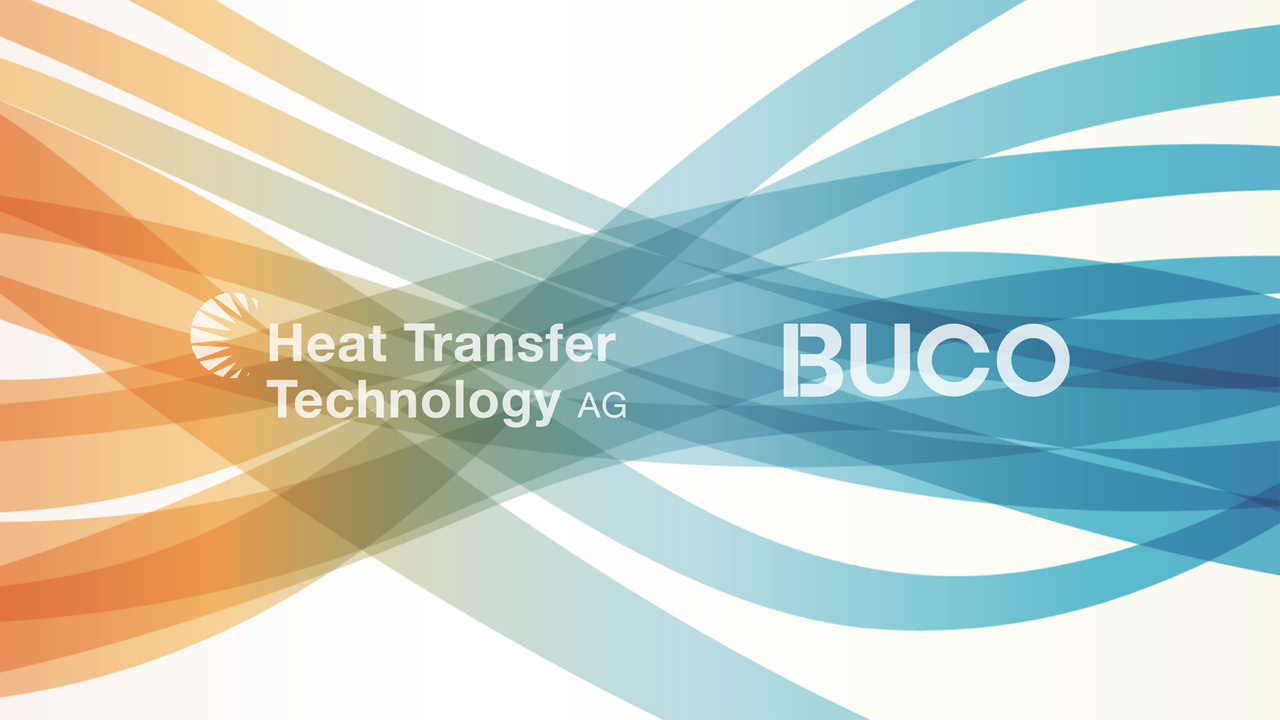Ice Bank Systems: Efficient Thermal Energy Storage for Cooling Demands
Introduction: Why Ice Storage Matters for Energy Management
In industrial and commercial cooling, the ability to store energy efficiently is critical. Ice bank Silo Systems offer a cost-effective and sustainable solution by producing ice at night (when electricity tariffs are lower) and using it during daytime peak demand. This thermal storage approach can reduce energy costs by up to 40%, making it a strategic tool in modern energy management.
What Is an Ice Bank? Structure, Operation, and Energy Principle
An Ice bank Silo is a vertical, cylindrical stainless-steel tank with built-in evaporator plates. During the charging phase, ice forms on the vertical plates using refrigerants like ammonia, freon or glycole. A thin ice layer ensures minimal thermal resistance. After a controlled hot gas defrost or glycole guidance, the evaporator is ready for the next cooling cycle.
Stored latent heat is released when the ice melts, providing cooling capacity exactly when needed – during peak load periods. Additionally, the system can be used as a direct cooler, chilling return water directly to 0.5 °C – improving efficiency and reducing power consumption.
Key Benefits and Technical Advantages
High peak-load capacity with relatively small chillers
Direct cooling function improves COP significantly
Up to 80× more energy storage compared to chilled water
Low refrigerant volumes required
Minimal floor space needed
Hygienic stainless steel, corrosion-resistant, long-lasting
Automatic operation via PLC with temperature control
Design and Variants
The evaporator is not submerged, allowing inspection and maintenance at any time. The system uses a thin ice film, which is periodically released via short hot gas pulses. Custom geometries and retrofits to existing tanks are possible. The system is modular, simplifying shipping and installation.
Materials, Fabrication, and Control
Stainless steel housing, fully welded and optionally insulated
Designed for indoor and outdoor use
Control system: PLC-based, using return temperature and demand data
Refrigerants: NH₃, Freon, glycol optional
Applications and Use Cases
Dairies and milk processing
Breweries and soft drink plants
Food processing with ice water cooling
District cooling systems
Energy storage for grid relief
Night tariff optimization in HVAC systems
Technical Summary
| Feature | Specification |
| Storage Capacity | 2,000 to 10,000+ kWh |
| Refrigerants | NH₃, Freon, glycole |
| Direct Cooling | Yes, down to 0.5 °C |
| Material | Stainless steel, insulated |
| Control | PLC system (return temp-controlled) |
| Evaporator Type | Vertical plates with hot gas defrost |
| Space Requirements | Compact |
| Retrofittable | Yes, for existing tanks |
Advantages of our Ice Bank Silo
- Extremely high ice storage cooling capacity for peak loads mainly in the food and dairy industry
- Thermal energy storage with minimum refrigerant content
- High efficiency due to direct cooling option of ice water
- Energy storage with minimal floor space requirement
- Easy inspection as the evaporator system is not under water
- Use of existing storage tanks for ice storage possible
